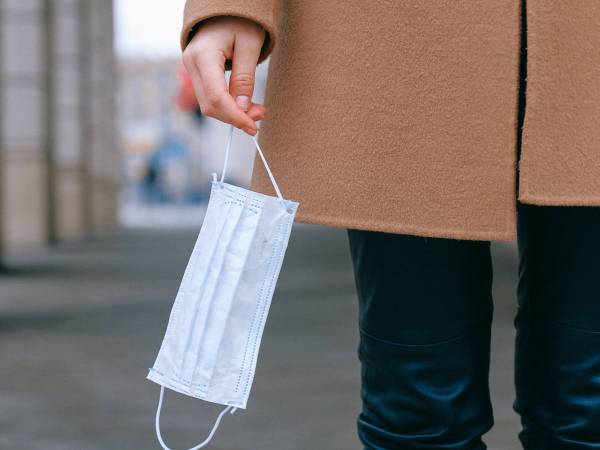

The month of March brings with it the third anniversary of COVID-19 shutdowns beginning in the United States. The year 2020 became synonymous with change and fear, as major sporting events were canceled, thousands were infected with the novel virus and died, and work and school shifted online for millions. The world changed forever–especially for children.
In a survey of parents conducted in the fall of 2022 by Pew Research Center, 48 percent of parents with children in grades K-12 said that the first year of the pandemic had a very or somewhat negative impact on their children’s emotional well-being. Additionally, a 2022 review of survey studies by the National Institutes of Health (NIH) found that “the impact of the COVID-19 pandemic on mental health of children and adolescents is multifaceted and substantial,” and urged more well-designed studies looking at the mental health effects of the pandemic.
[Related: COVID-19 vaccines are still essential in preventing death in children and teens.]
Now, a group of researchers in Sweden is turning to children’s drawings and their own explanation of what they drew to get a better sense of their feelings, beliefs, and ideas about COVID-19. A small study published March 2 in the journal Acta Paediatrica found that the common themes were detailed images of canceled activities, illness, and death, and the children had quite a bit of knowledge about the disease.
The team collected 91 drawings from kids between the ages of four and six years-old that were submitted to the Swedish Archive of Children’s Drawings between April 2020 and February 2021. The project was part of investigations into children’s voices in the public space during the pandemic.
“It was a very fun study to carry out. I was actually quite uncertain as to whether a medical journal would publish the article, but they did, including the children’s drawings and everything,” co-author Anna Sarkadi said in a statement. Sarkadi is a physician specializing in children’s health and social medicine from Uppsala University in Sweden
They analyzed the drawings using a type of visual analysis called semiotic visual analysis which looks at the image’s denotation (what images represent and how) and connotation (the associated meaning). The analysis also looked at the child’s own explanations accompanying the drawings.
The findings revealed that even the youngest children were strongly affected by the pandemic. In addition to canceled plans and images showing sick and dying people, fear, worry, and missing grandparents were common themes among them. Coronavirus was often described as a monster, while other children described how to protect themselves from the virus. One drawing even showed two children in a sword fight against a giant virus.

[Related: It’s harder for kids with food allergies to catch COVID.]
“The drawings were often covered in a lot of snot. On one drawing, a child wrote, ‘You throw up, then you cough, then you feel better or die,’ with extremely clear illustrations,” explained Maria Thell, a co-author and doctoral student at Uppsala University, in a statement.
The study found that the children also know quite a bit about the virus, including how it spread and its symptoms. Out of 91 drawings, 14 showed hand washing, 17 showed symptoms like coughing, and 44 showed a depiction of the virus itself.
“As a researcher with a background in child and youth science, I would love to develop this method further,” said Thell.
This team’s research will continue and the drawings from seven to 11 year old children will be studied next.
“By encouraging young children to draw pictures using open prompts, such as how a disease feels, looks like or what is different now, it is possible to understand their interpretations of a situation and related emotions,” the authors write in the study.
Additionally, they write that pediatricians can use children’s drawings to gage emotional response to COVID-19 in addition to other health issues and get a unique glimpse into their world. This can help adults have a better idea of what kids understand or don’t understand and detect any “unhelpful fantasies’ they may have conjured up.
A survey of children in the United Kingdom found that seven to 11 year-olds were highly aware of the social restriction, illness, and death caused by the virus and similar reviews of children’s drawings have been conducted in Spain and Greece.























